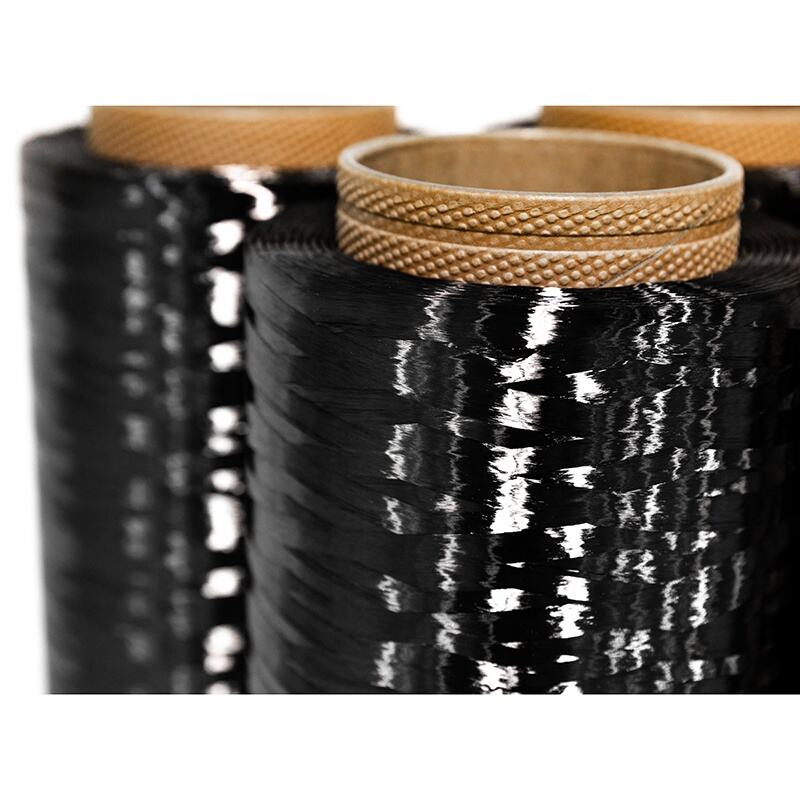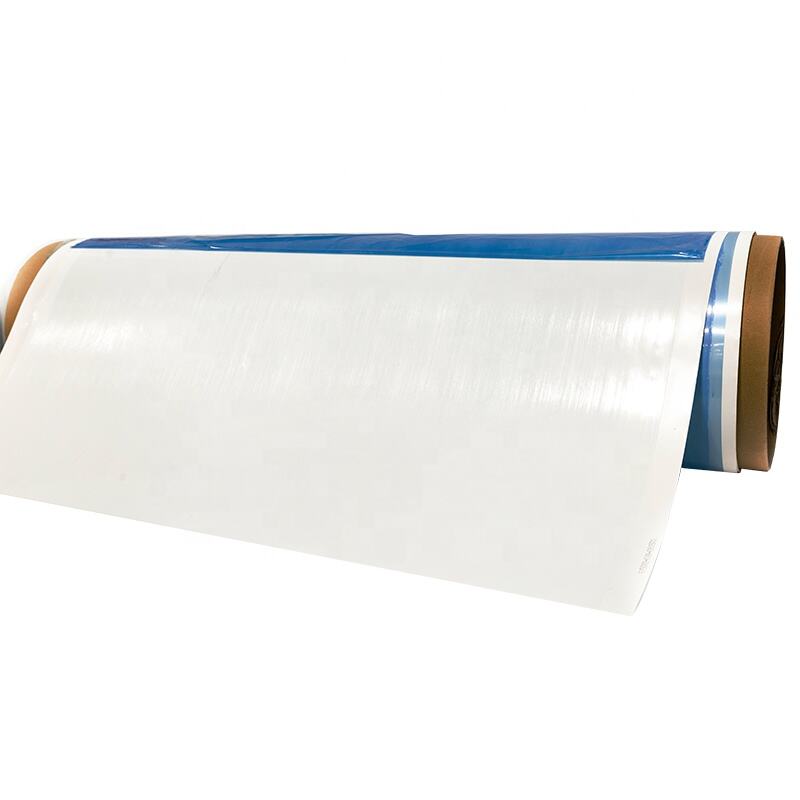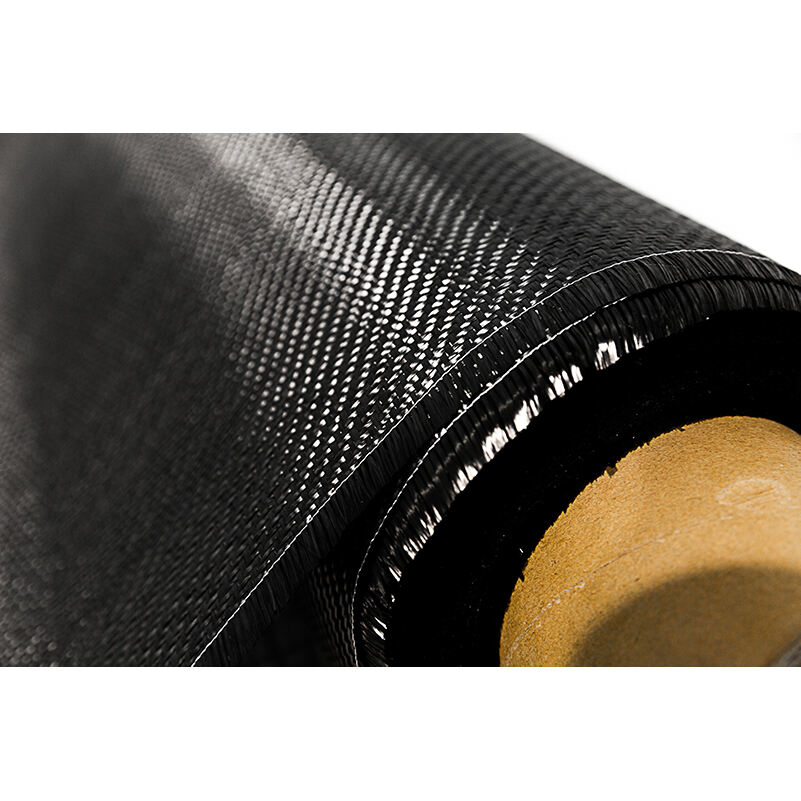woven carbon fiber
Woven carbon fiber represents a revolutionary advancement in materials engineering, combining exceptional strength with remarkable lightweight properties. This sophisticated material consists of carbon fibers meticulously woven into a textile-like pattern, creating a versatile fabric that serves as the foundation for numerous high-performance applications. The weaving process involves interlacing carbon fiber tows in perpendicular directions, resulting in a material that exhibits superior strength in multiple orientations. The unique structure of woven carbon fiber allows it to maintain incredible tensile strength while remaining incredibly lightweight, typically offering a strength-to-weight ratio that far exceeds traditional materials like steel or aluminum. In manufacturing, these woven sheets are typically impregnated with epoxy resin and cured under specific temperature and pressure conditions to create rigid, durable composite parts. The material finds extensive application in aerospace, automotive, sporting goods, and high-end consumer products where performance and weight savings are crucial. Its adaptability allows for complex shapes and designs, while its inherent resistance to fatigue and corrosion makes it ideal for demanding environments.


